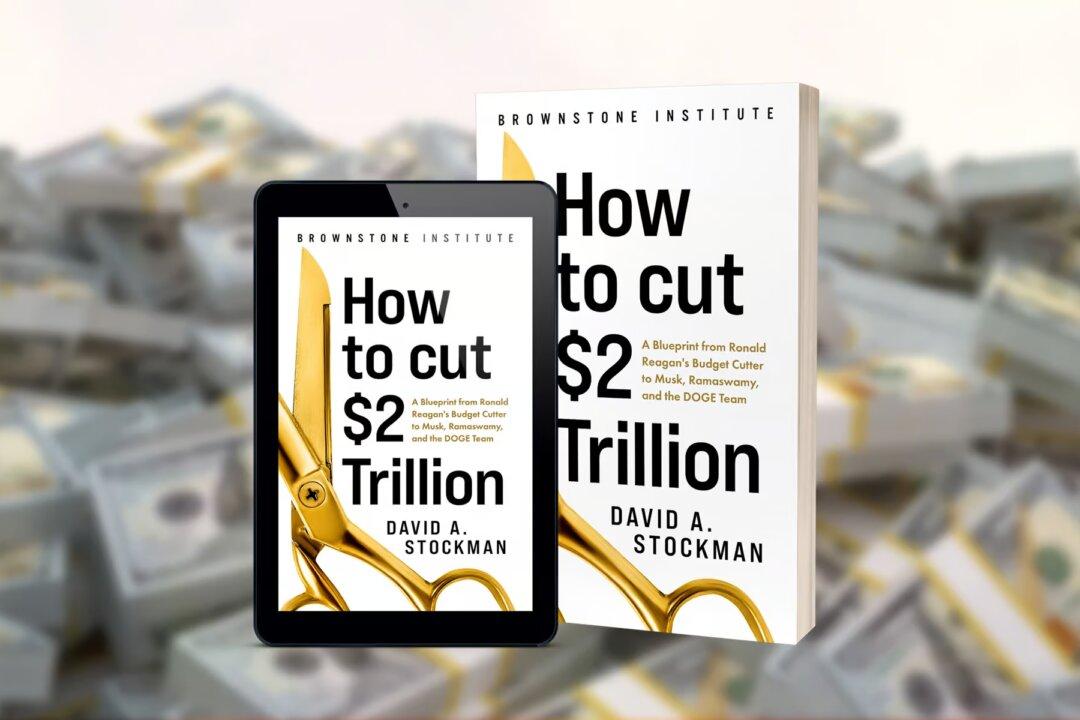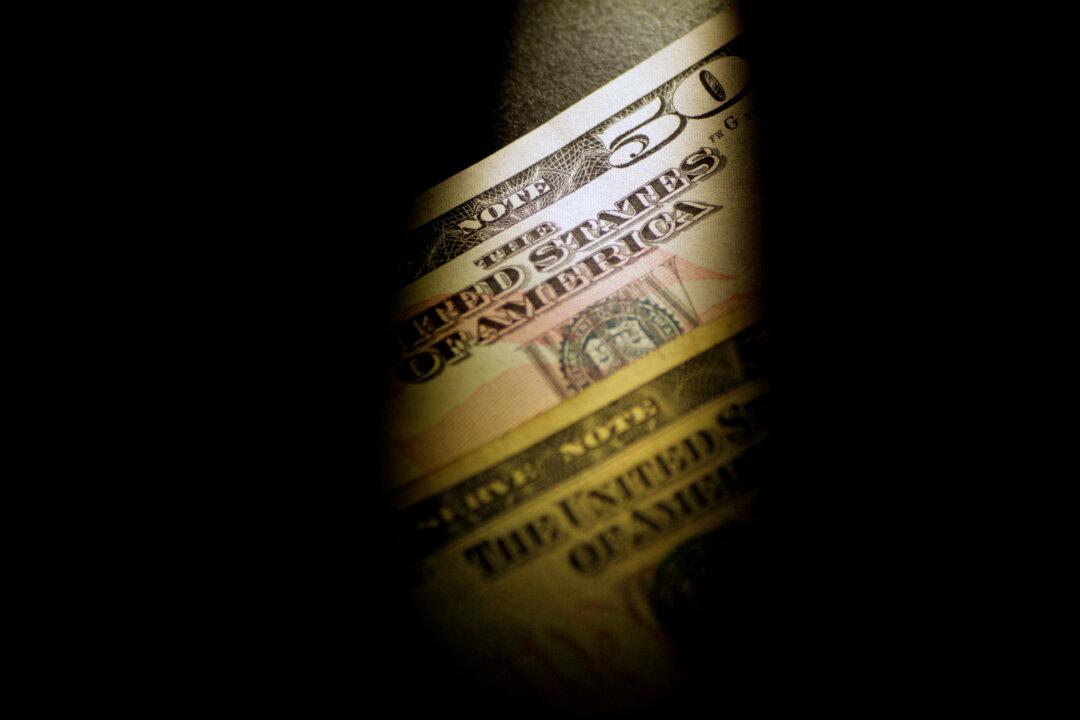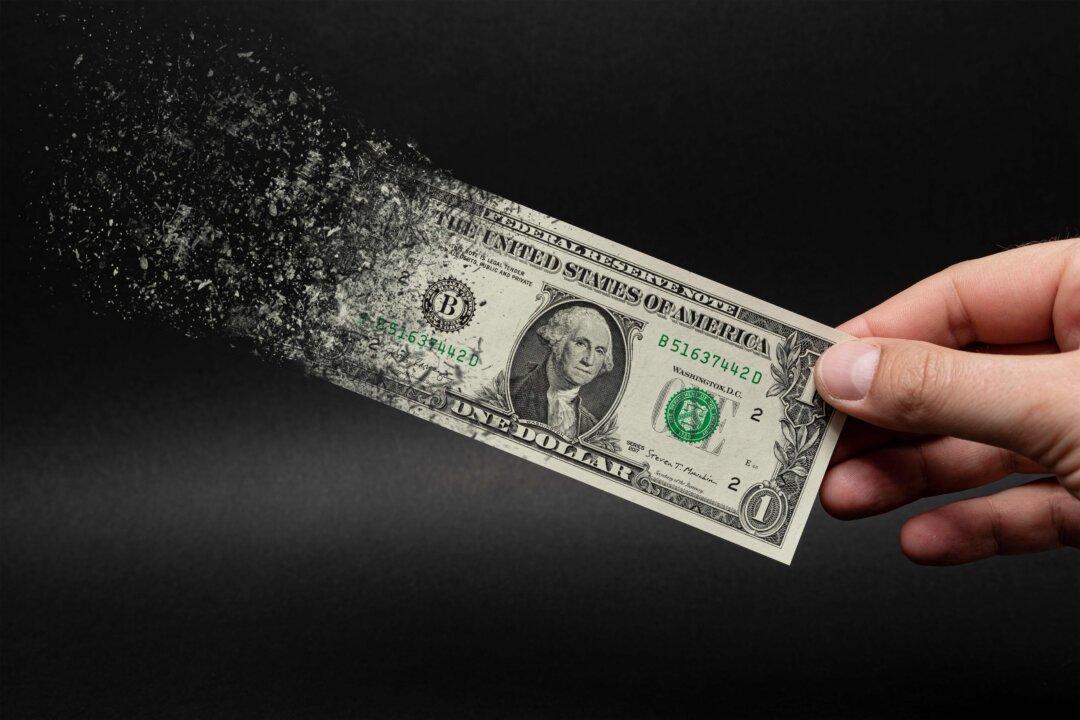News Analysis
What do you expect? According to Joseph Biden, as conveyed through the teleprompter, we are already in the clear:
“‘No,’ Biden said when asked by CNN’s Jake Tapper if Americans should prepare for a recession.
“‘It hadn’t happened yet,’ the president added later. ‘I don’t think there will be a recession. If it is, it’ll be a very slight recession. That is, we’ll move down slightly.’”
No, not even close. The virulent inflation that has been unleashed on the world by the central banks and the Washington war machine is now so deeply embedded that it will require what President Eisenhower’s Treasury Secretary back in the day called “a hair-curling recession” to bring it to heel.




